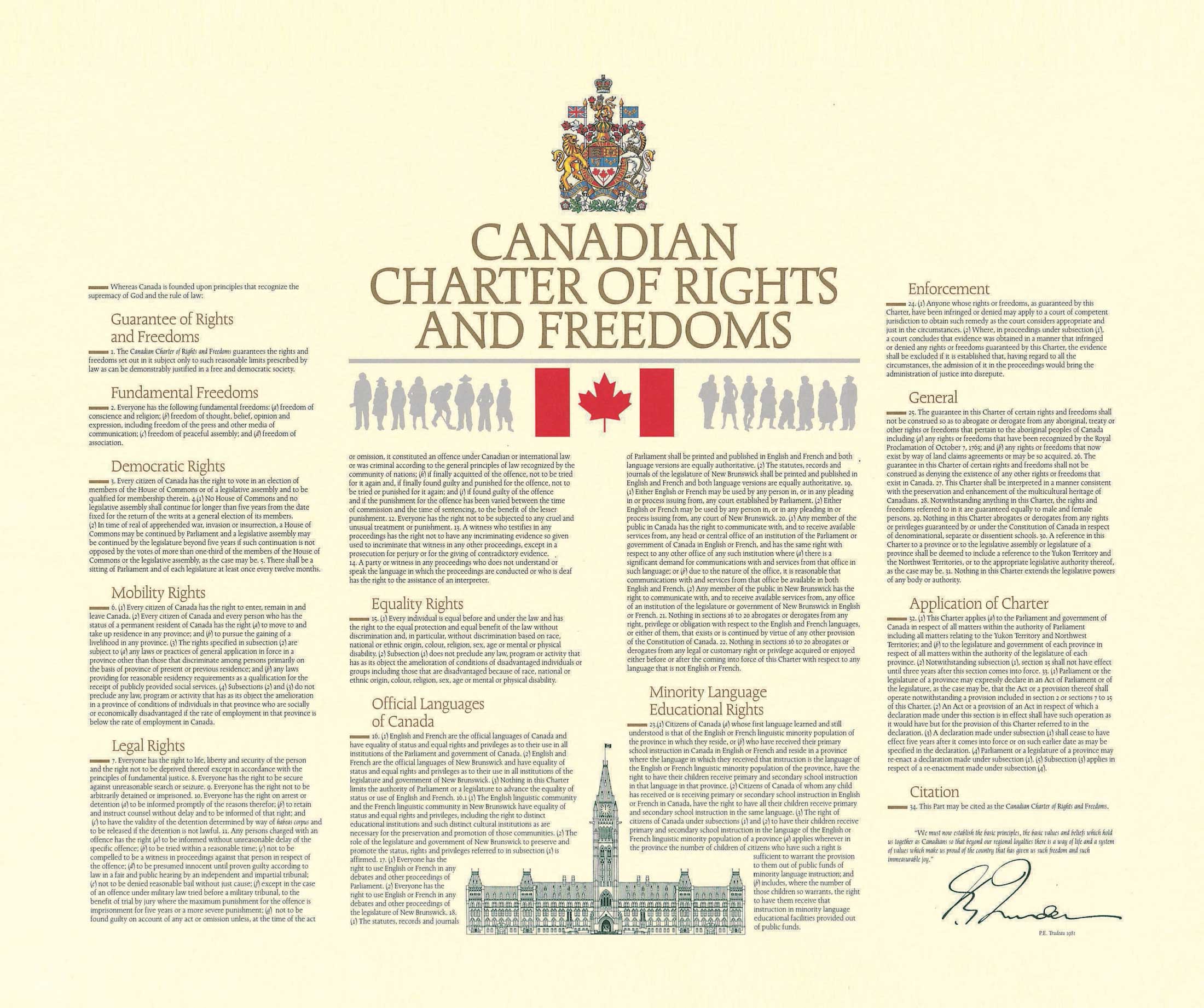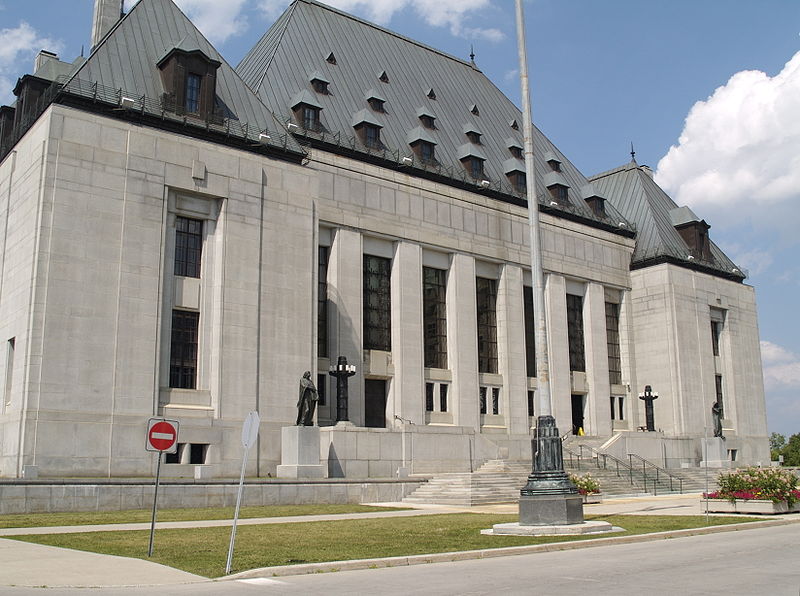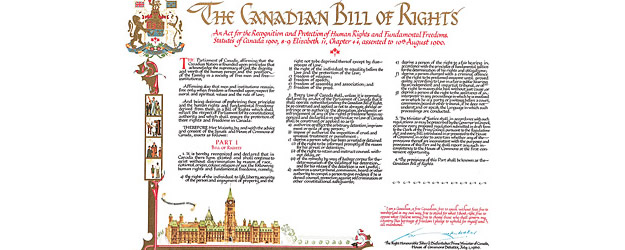Clearly, the Charter has become a vehicle for advancing new rights claims. According to a group of legal scholars who conducted a quantitative study of the Supreme Court of Canada’s jurisprudence, the number of rights-related cases increased from 20 percent of the court’s docket before 1975 to more than 60 percent after 1982. During the peak of the Court’s rights litigation, between 1982 and 2003, the Court invalidated sixty-four statutes, of which 44 percent dealt with due process and 27 percent dealt with civil liberties. In most years before 1982, the Court often did not find a single statute invalid; since 1982, the Court has invalidated at least one statute every year. The rate of judicial review has expanded dramatically under the Charter. So the Court’s impact has been profound. Alongside its landmark right-to-strike decision, it has struck down Criminal Code prohibitions against solicitation (prostitution) and assisted suicide. In all three cases, the court has created a human right after having declared years earlier that no such human right existed.

Further Reading
- Bakken, Joel. Just Words: Constitutional Rights and Social Wrongs. Toronto: University of Toronto Press, 1997.
- Egerton, George. “Writing the Canadian Bill of Rights: Religion, Politics and the Challenge of Pluralism 1957-1960.” Canadian Journal of Law and Society 19, no. 2 (2002): 1-22.
- Faraday, Fay, Margaret Denike, and M. Kate Stephenson, eds. Making Equality: Rights Real: Securing Substantive Equality under the Charter. Toronto: Irwin Law, 2006.
- James, Matt. Misrecognized Materialists: Social Movements in Canadian Constitutional Politics. Vancouver: UBC Press, 2006.
- Kelly, James B. Governing with the Charter: Legislative and Judicial Activism and Framers’ Intent. Vancouver: UBC Press, 2005.
- Knopff, Rainer, and F. L. Morton. The Charter Revolution and the Court Party. Peterborough: Broadview Press, 2000.
- MacLennan, Christopher. Toward the Charter: Canadians and the Demand for a National Bill of Rights, 1929-1960. Montreal: McGill-Queen’s University Press, 2003.
- Manfredi, Christopher. Feminist Activism in the Supreme Court: Legal Mobilization and the Women’s Legal Education and Action Fund. Vancouver: UBC Press, 2004.
- McLachlin, Beverley. “The Charter 25 Years Later: The Good, the Bad and the Challenges.” Osgoode Hall Law Journal 45, no. 2 (2007): 365-77.
- Sharpe, Robert J., and Kent Roach. Brian Dickson: A Judge’s Journey. Toronto: University of Toronto Press, 2003.
- Smith, Miriam. Lesbian and Gay Rights in Canada: Social Movements and Equality-Seeking, 1971-1995. Toronto: University of Toronto Press, 1999.
- ———. “Social Movements and Judicial Empowerment: Courts, Public Policy, and Lesbian and Gay Organizing in Canada.”Politics & Society 33, no. 2 (2005): 327-53.



